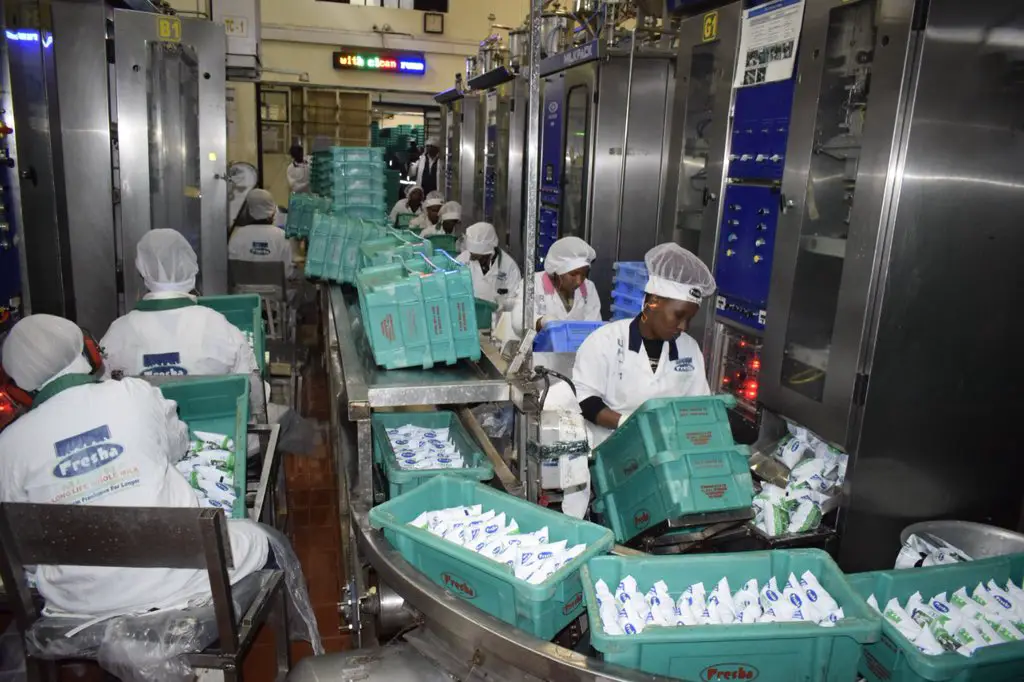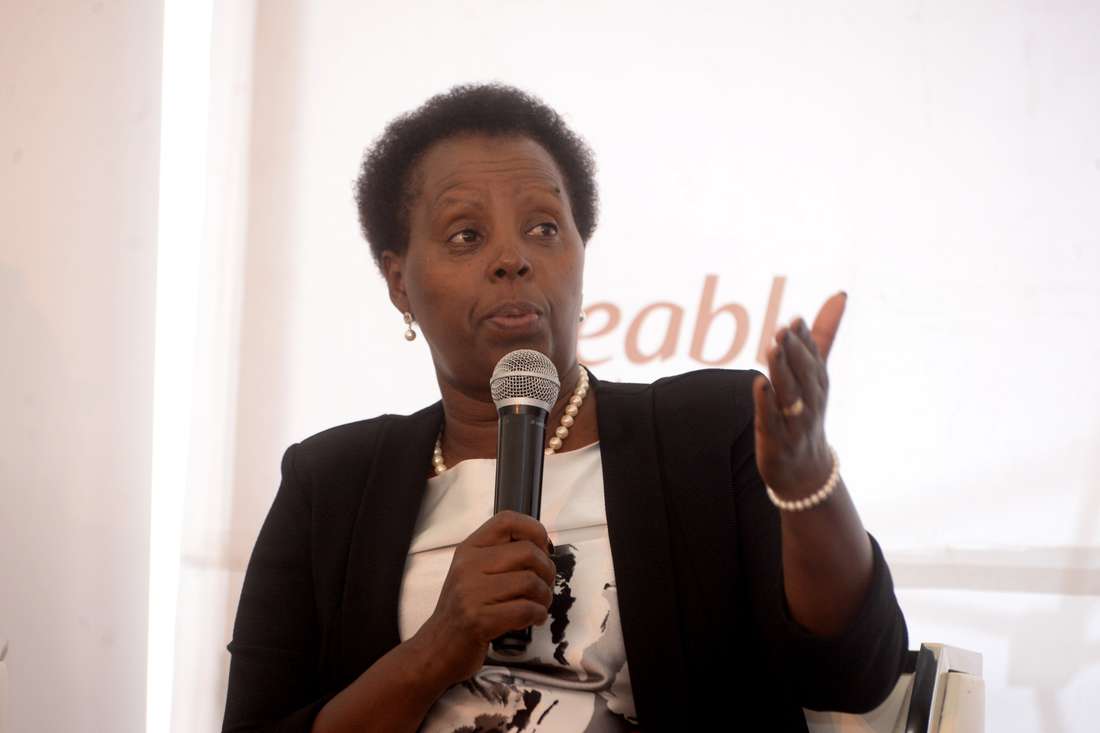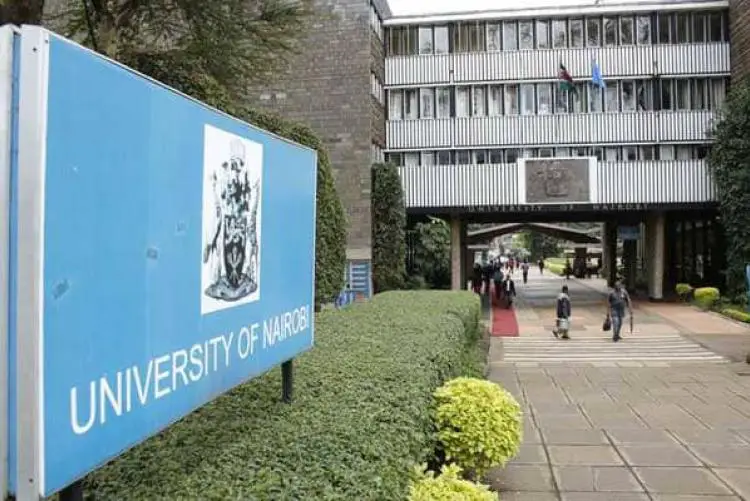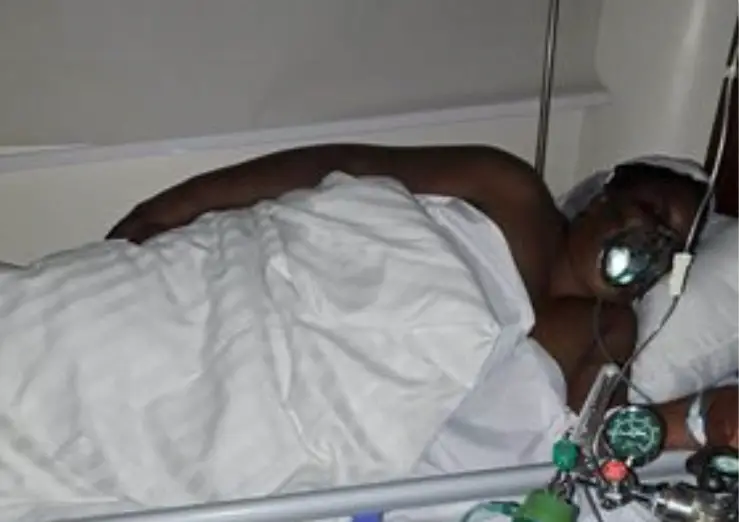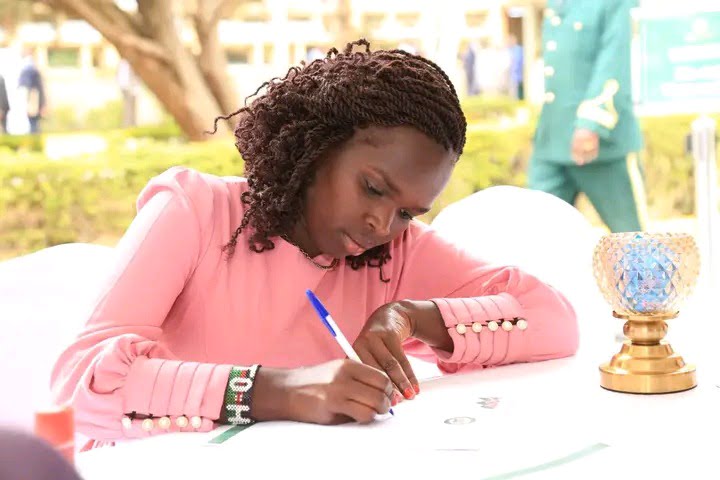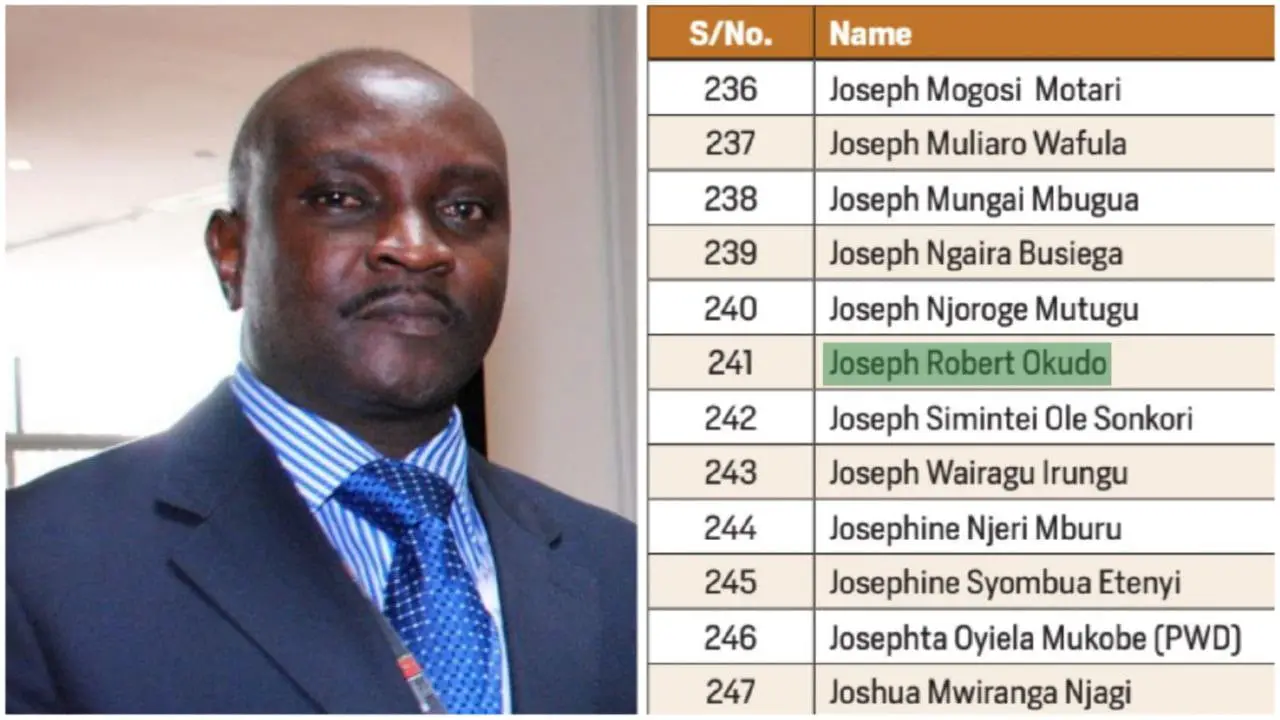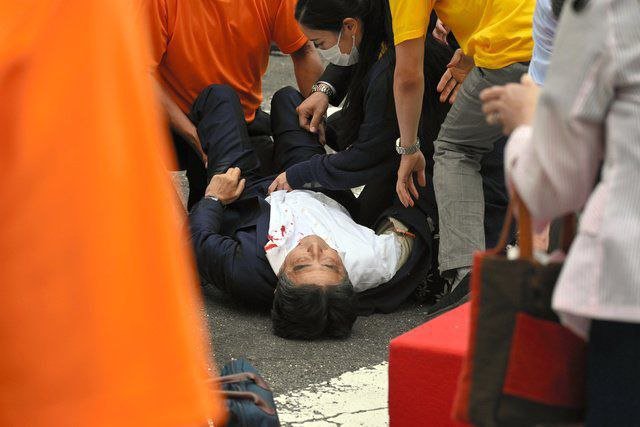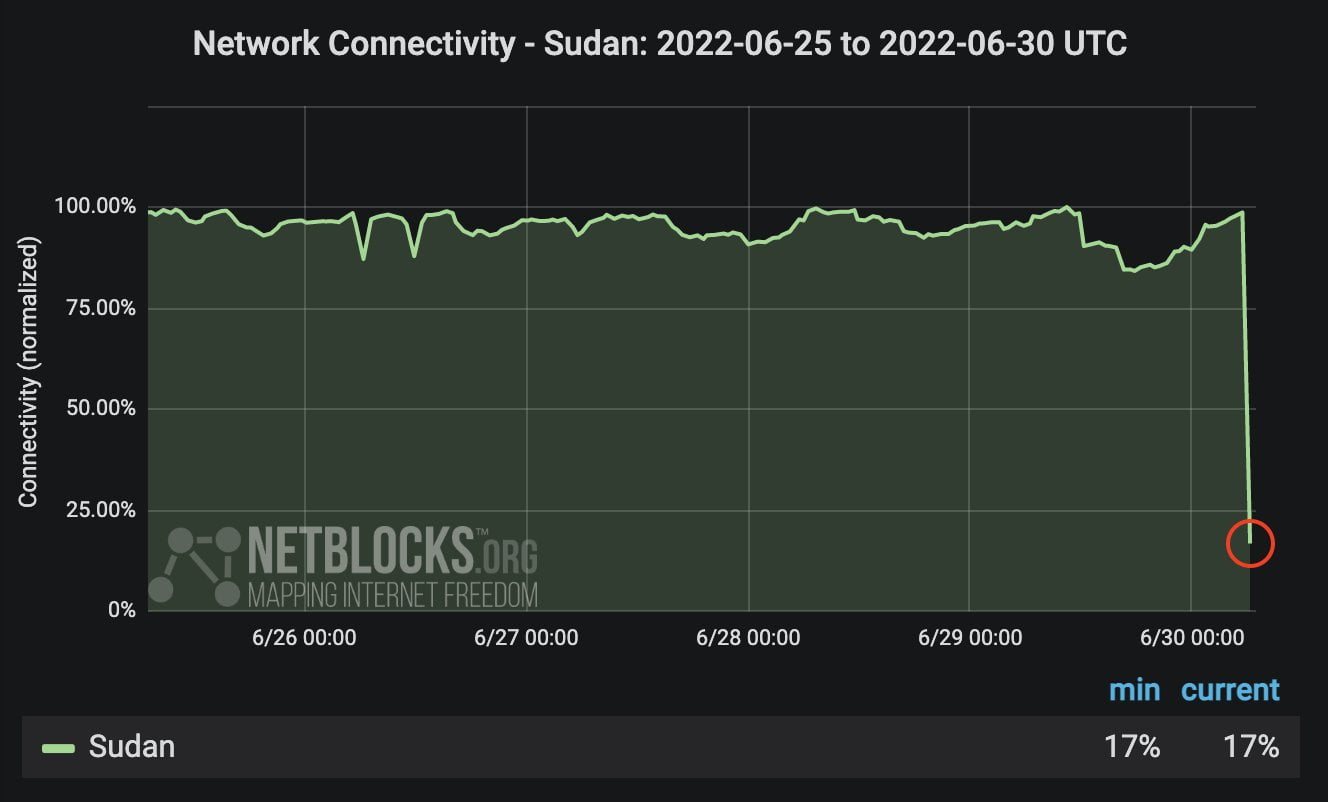[ad_1]
The gruesome rape and murder of a 26-year-old vet in the Indian city of Hyderabad has once again highlighted the issues of women’s safety in urban areas and the rape culture that allows these kinds of heinous acts to take place. The woman was gang-raped by four men who approached her on the pretext of fixing a flat tyre on her scooter. When they had finished raping her, they doused her body with petrol and set it alight. Her charred body was found in a highway underpass.
Women’s rights activists have once again taken to the streets as they did in 2012 when another brutal gang rape led to the death of a female student in New Delhi. The rape of Jyoti Singh, the paramedic student who was repeatedly tortured and thrown out of a moving bus by her tormentors, galvanised India. Vigils and protest marches were held in her name. “Nirbhaya” (Fearless) – the name that was given to her as she struggled to stay alive in hospital – remains a symbol of women’s resistance in the face of misogyny.
But seven years after that horrific incident, rape statistics in India remain as high as ever; about one hundred women and girls are raped in India every single day. Most of the perpetrators never face justice.
In Jyoti Singh’s case, the trial of the perpetrators was fast-tracked because of the public outcry, and stricter laws were passed to deter rapists. The immense shame suffered by the families of the accused even caused one of the rapists to commit suicide while in prison. But that case has clearly had little impact on the Indian male psyche, which is apparently wired to view every woman as a potential target for rape and other forms of violence. This in a country where female Hindu goddesses like Durga, Kali, and Saraswati are worshipped.
However, like all organised religions, Hinduism has a contradictory view of women. The Madonna-Whore dichotomy, which worships “pure, virginal” women, on the one hand, and diminishes those considered “impure”, on the other, is very much prevalent. Hindu mythology is rife with stories of women being “punished” for disobeying their male family members or for straying out of the home.
In the epic Ramayana, Sita, the wife of Lord Ram who is revered for her self-sacrifice and purity, is abducted by the demon Ravan after she crosses an invisible line outside her dwelling, thus breaking a promise she made to her brother-in-law Lakshman to not venture outside her homestead. (The message is clear: women leave their homes at their peril, and like Eve who ate an apple in the Garden of Eden despite having been warned against it, there is a price women have to pay for disobeying an order.) Sita’s kidnapping and eventual return to her husband’s kingdom (where she undergoes a trial by fire – agni pariksha – to prove her chastity) is one of the central themes surrounding the Hindu festival of Diwali.
The rape and murder of Jyoti Singh led to a lot of soul-searching, particularly among India’s elite and middle classes, who have tended to view violence against women as a problem mainly afflicting the lower uneducated classes. Soutik Biswas, the BBC’s Delhi correspondent, was among those who viewed gender-based violence as being common among the less privileged sections of the population, particularly in northern India, a region which he said harbours “a stiflingly patriarchal social mindset”.
He also blamed Delhi’s “deracinated generation of migrants” and a “broken justice system” for the rising incidence of rapes in the capital city. Biswas was referring to the hordes of unskilled migrants moving to New Delhi from neighbouring – largely agricultural – states, such as Haryana, where “honour killings” are known to take place.
What Biswas failed to recognise is that domestic violence is prevalent even among the rich and that this form of violence remains hidden because women are made to believe that a family’s honour will be damaged if a woman speaks about the violence she endures at the hands of her husband or another family member. However, thankfully, more and more women in India are now speaking more openly about the physical abuse they suffer at home – but this has not deterred men from inflicting the violence.
Statistics show that nearly 40 per cent of Indian women have experienced some form of domestic violence. Many of these women are middle class professionals, such as journalist Nita Bhalla, who recounted her own abuse at the hands of her husband in an article published on BBC News. Bhalla said that Indians’ high tolerance for violence against women makes it difficult for victims to get justice. “When he pulled my hair and kicked me as I lay on the pavement, there was a deafening silence from my neighbours who heard my screams but were reluctant to intervene,” she wrote.
Bhalla says that modern educated women are particularly threatening to Indian males, who lash out at these women because of their own insecurities. Men’s loss of power and control over women has made professional women particularly vulnerable, especially in male-dominated work environments and in public spaces. Sexual harassment and rape are men’s responses to this loss of power and control.
I also see a direct correlation between Indian men’s consumption of pornography and the rising cases of rape in India. According to Pornhub’s own data, Indians are the largest consumers of online pornography after the United States, the United Kingdom and Canada (in that order). Pornography desensitises men and boys and makes them believe that violence against women, including rape, is normal and even a secret fantasy that women harbour.
A sense of entitlement
In highly patriarchal societies, men tend to view women as their personal property. This sense of entitlement fosters the commodification of women and girls. Girls are viewed as an economic burden whose only value lies in their labour and in their ability to produce sons. That is why the burning of brides for dowry was until recently fairly common in India, as was female infanticide.
Men’s loss of power and control over women has made professional women particularly vulnerable, especially in male-dominated work environments and in public spaces
Some say that Bollywood’s portrayal of women as sex objects has only made things worse for Indian women. It is hard to find strong female characters who are economically independent and not dependent on male approval. While some films have tackled the issue of rape, and female directors are making more women-centric films, the commercially successful movies tend to be those that revolve around a male protagonist, with the female protagonist relegated to the role of “love interest”.
Narendra Modi’s India has not made Indian women safer either. On the contrary, it could be argued that the right-wing exclusionary politics espoused by Modi has made life for minorities, including women, more difficult. Modi has not vociferously condemned the killing of Muslims in India by Hindu fanatics so, despite having a large female following, it is unlikely that he will take a strong stand against violence against women. Right-wing groups tend to be hostile to women’s and minorities’ rights, and so we can expect little in terms of progressive, gender-friendly policies from his government.
The rape and murder of the vet in Hyderabad last month is not just a tragedy for the victim’s family but is also deeply embarrassing for the Indian government, which has superpower ambitions. Economic growth and liberalisation may have lifted millions out of poverty, but they have clearly not had a significant impact on the status of women in Indian society. This needs to change. A society may be economically successful, but its success will be meaningless if half of its population lives in fear.
Pornography desensitises men and boys and makes them believe that violence against women, including rape, is normal and even a secret fantasy that women harbour
Economic success has also not assured the safety of women in countries such as Kenya, South Africa and the United States – where incidences of rape are particularly high. In recent years, there have also been increasing cases of Kenyan men murdering women who have rebuffed their sexual advances. Young university students are particularly vulnerable. The alarming rise in the number of such cases has led a group of Kenyan women to document these cases, lest we forget. But documentation is not enough. The long and complicated legal process, and a woman-unfriendly police force, have made prosecution cumbersome. Poorly-lit streets and female-unfriendly public transport also make urban living for women particularly harrowing.
Claiming public spaces
Since Jyoti Singh’s death, women’s movements that are claiming public spaces have sprung up in India. In Mumbai a group of women have formed the “Why Loiter” movement, which encourages women to just “loiter” in public spaces after dark – in effect to claim spaces that have been denied them by a culture that says a woman’s place is in the home. The movement’s advocates argue that, in fact, the home is the most dangerous place for women who experience domestic violence at the hands of their own family members. They also say that by claiming public spaces, they are asserting their right to the city and defying those who want to see women’s mobility curtailed.
While it is difficult to completely stamp out misogyny in highly patriarchal societies such as India, many urban planners are coming to the realisation that gender-sensitive urban planning and design can deter potential rapists and sexual harassers. There is now increasing awareness of the fact that violence – or the threat of it – has severely hindered women’s movement in cities in most parts of the world. Impractical zoning laws, inflexible public transport routes, lack of childcare facilities and poorly-lit public spaces have made cities dangerous places for women.
According to studies done by the United Nations Human Settlements Programme (UN-Habitat) and NGOs working towards women’s safety in public spaces, there are four main reasons why women experience cities as hostile environments. First, zoning laws are woman-unfriendly and do not recognise that women need to balance their income-earning and domestic activities. If zoning laws allowed women to work from or near their homes, women would not spend so much time commuting and would also be able to take care of their families while earning an income. Second, lack of services, such as childcare at work, further limits women’s economic and public life. Third, poor infrastructure, particularly insufficient lighting on streets and in public spaces like bus stops and train stations makes walking at night a challenging prospect for women. Lack of clean and safe public toilets also impedes women’s and girls’ mobility. Fourth, public transport itineraries that are not sensitive to women’s needs – not having enough stops on a route for instance – means women have to walk longer distances to get to their destination.
We may not be able to change the mindset of men who rape, but there are certain things cities can do to make them safer for women. One way is to keep men away from women through segregation. “Ladies’ compartments” – women-only carriages on long-distance trains and suburban commuter trains – are common across India. Women prefer to use these services because they significantly reduce the chances of sexual harassment – a phenomenon locally known as “eve teasing”, which is rampant across India. (Women and girls using buses in Indian cities regularly report being groped by male passengers.)
In response to the epidemic of sexual violence on city streets, a group of women developed an app that allows users to rate their streets for safety using criteria such as lighting, people density, security and transport. In short, Indian women are taking charge of their public spaces by sharing information that can keep them safe.
Impractical zoning laws, inflexible public transport routes, lack of childcare facilities and poorly-lit public spaces have made cities dangerous places for women
In one village in the state of Uttar Pradesh, women have formed a “gang” that punishes men who beat their wives or behave badly. The Green Gang – named after the green saris that gang members wear – represents a rising wave of women taking the law into their own hands in the face of poor policing and lack of law enforcement.
The challenge in cities is to encourage urban planners to design spaces that are women-friendly. As Anne Michaud, President of Femmes et Villes in Canada put it, a woman-friendly city not only has social benefits, but economic benefits as well. “If women feel safe, they will go out at night, they will patronize the theatre, the movie houses, the business establishments,” she stated. All this means that more money will circulate within the economy.
Smart urban planners would do well to ensure that women participate in the 24-hour urban economy without fear of being molested or raped. Who would want to live in a city where there is a constant fear of one’s wife or daughter being attacked?
I am a 100 per cent sure that if cities were woman-friendly, urban living would be a joyful and productive experience for every city resident, including men. Using public spaces without fear should not be a male privilege; it should be a woman’s right.
[ad_2]


